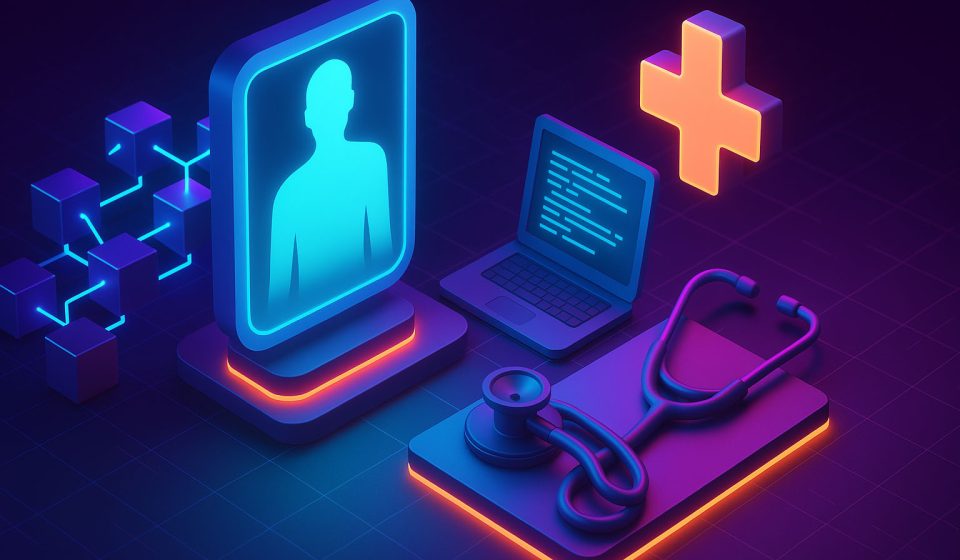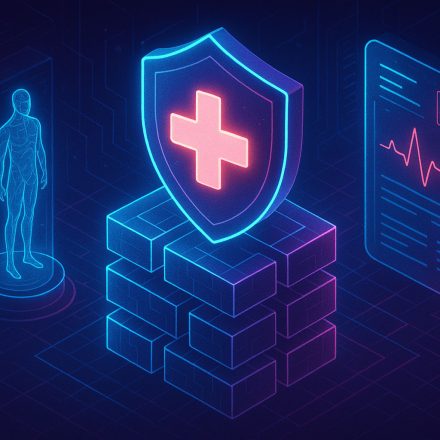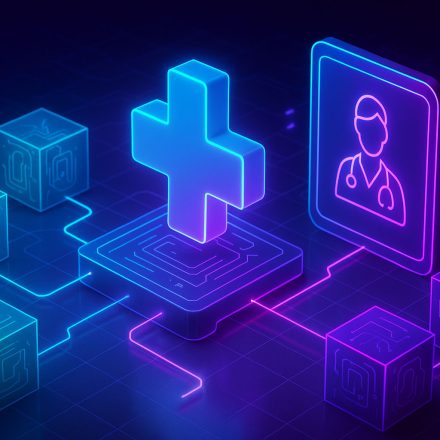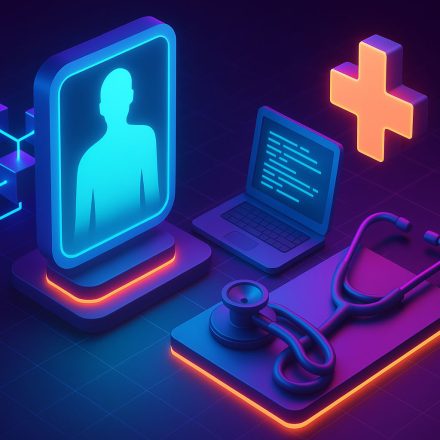
🏥 Blockchain in Healthcare: How It’s Reshaping the Medical Industry
Blockchain in healthcare is becoming one of the most talked-about use cases of decentralized technology — and for good reason. From securing medical records to ensuring the authenticity of pharmaceuticals, blockchain offers real-world solutions to the healthcare industry’s most pressing challenges.
Table Of Content
- 💡 Why Blockchain in Healthcare Matters
- 🔗 Real-World Applications of Blockchain in Healthcare
- 1. Electronic Health Records (EHRs)
- 2. Pharmaceutical Supply Chain Integrity
- 3. Clinical Trials and Medical Research
- 4. Insurance and Billing Automation
- 5. IoT and Remote Patient Monitoring
- 6. Consent Management and Data Sharing
- 🧠 Benefits of Blockchain in Healthcare
- ⚠️ Challenges and Limitations
- 🔗 Learn More
- 📝 Final Thoughts
In this in-depth guide, we’ll explore exactly how blockchain in healthcare works, where it’s already being used, and what the future may look like for patients, doctors, and institutions.
At BlockchainInsights.org, we’re here to show how blockchain is solving problems that matter — not just in finance, but in critical real-world sectors.
💡 Why Blockchain in Healthcare Matters
Healthcare systems today are plagued by outdated infrastructure, fragmented data systems, high administrative costs, and growing concerns around patient privacy.
Blockchain in healthcare addresses these core issues by enabling:
- Decentralized data storage
- Transparent and tamper-proof records
- Patient-controlled access to health data
- Fraud prevention in drug supply chains
- Faster claims processing through automation
In short, blockchain could create a healthcare ecosystem that is more efficient, more secure, and more equitable.
🔗 Real-World Applications of Blockchain in Healthcare
Let’s break down the top use cases where blockchain is already being deployed or piloted in healthcare systems:
1. Electronic Health Records (EHRs)
One of the most obvious use cases is creating interoperable, patient-owned health records. Blockchain ensures:
- Each update is timestamped and verifiable
- Only authorized parties can access the data
- Patients can share records across hospitals, labs, and clinics
Example: The open-source MedRec project, developed at MIT, uses blockchain to manage EHRs across institutions while giving patients full control of access.
2. Pharmaceutical Supply Chain Integrity
Counterfeit medicine is a multi-billion-dollar problem. Blockchain offers end-to-end traceability for drugs — from manufacturer to pharmacy.
Benefits:
- Prevent fake drug distribution
- Verify authenticity in real-time
- Simplify regulatory compliance
Example: IBM and Merck collaborated on a blockchain pilot for the FDA Drug Supply Chain Security Act. The solution can trace prescription drugs within seconds.
3. Clinical Trials and Medical Research
Blockchain can create immutable audit trails for clinical trial data, preventing tampering and ensuring transparency in research.
- Trial designs and consent forms can be timestamped
- Data sharing across researchers is streamlined
- Intellectual property rights can be preserved
Example: Pfizer and Biogen have explored blockchain through the Clinical Supply Blockchain Working Group to enhance data sharing.
4. Insurance and Billing Automation
Insurance fraud, redundant paperwork, and delayed payments cost billions. With blockchain smart contracts, claim processing can be automated and verified instantly.
- Smart contracts trigger payments after verification
- Errors and fraud are reduced
- Admin costs drop significantly
5. IoT and Remote Patient Monitoring
As wearable health devices grow, real-time patient data must be secured. Blockchain can log this data across a decentralized network, improving accessibility and security.
Use cases include:
- Managing chronic disease data
- Emergency alert systems
- Monitoring elderly care devices
6. Consent Management and Data Sharing
Patients often have little visibility into who has access to their data. Blockchain provides:
- Granular, transparent permission systems
- Logs of who accessed what and when
- Patient-controlled privacy settings
This is especially powerful for research use, where patients can choose to share anonymized data.
🧠 Benefits of Blockchain in Healthcare
- Improved Patient Privacy: Data can only be accessed with patient consent.
- Reduced Errors and Fraud: Immutable records stop data tampering.
- Faster Operations: Claims, approvals, and audits can be automated.
- Cost Savings: Less administrative overhead and fewer intermediaries.
- Global Data Interoperability: Blockchain enables standardization across borders.
⚠️ Challenges and Limitations
Despite its promise, blockchain in healthcare faces key challenges:
- Regulatory compliance: Must align with HIPAA, GDPR, and local data laws
- Technical complexity: Many institutions lack blockchain expertise
- Adoption barriers: Hospitals may resist integrating new tech
- Data scalability: Storing large medical files on-chain isn’t practical (off-chain storage needed)
That said, hybrid solutions — like combining blockchain for metadata with secure cloud or IPFS storage — are gaining traction.
🔗 Learn More
Explore related articles:
“How Blockchain Works: A Simple Guide for Beginners”
https://blockchaininsights.org/how-blockchain-works
External resource:
“Blockchain for Healthcare: IBM’s Vision for Medical Transparency”
https://www.ibm.com/blogs/blockchain/2020/06/blockchain-in-healthcare-a-new-path-to-patient-safety/
📝 Final Thoughts
Blockchain in healthcare is no longer just a futuristic idea — it’s actively being tested and implemented around the world. From more secure data sharing to verifying medicine authenticity, blockchain is bringing transparency, efficiency, and trust to one of the most vital industries on Earth.
At BlockchainInsights.org, we’ll continue to follow these real-world breakthroughs — and help you stay informed every step of the way.












